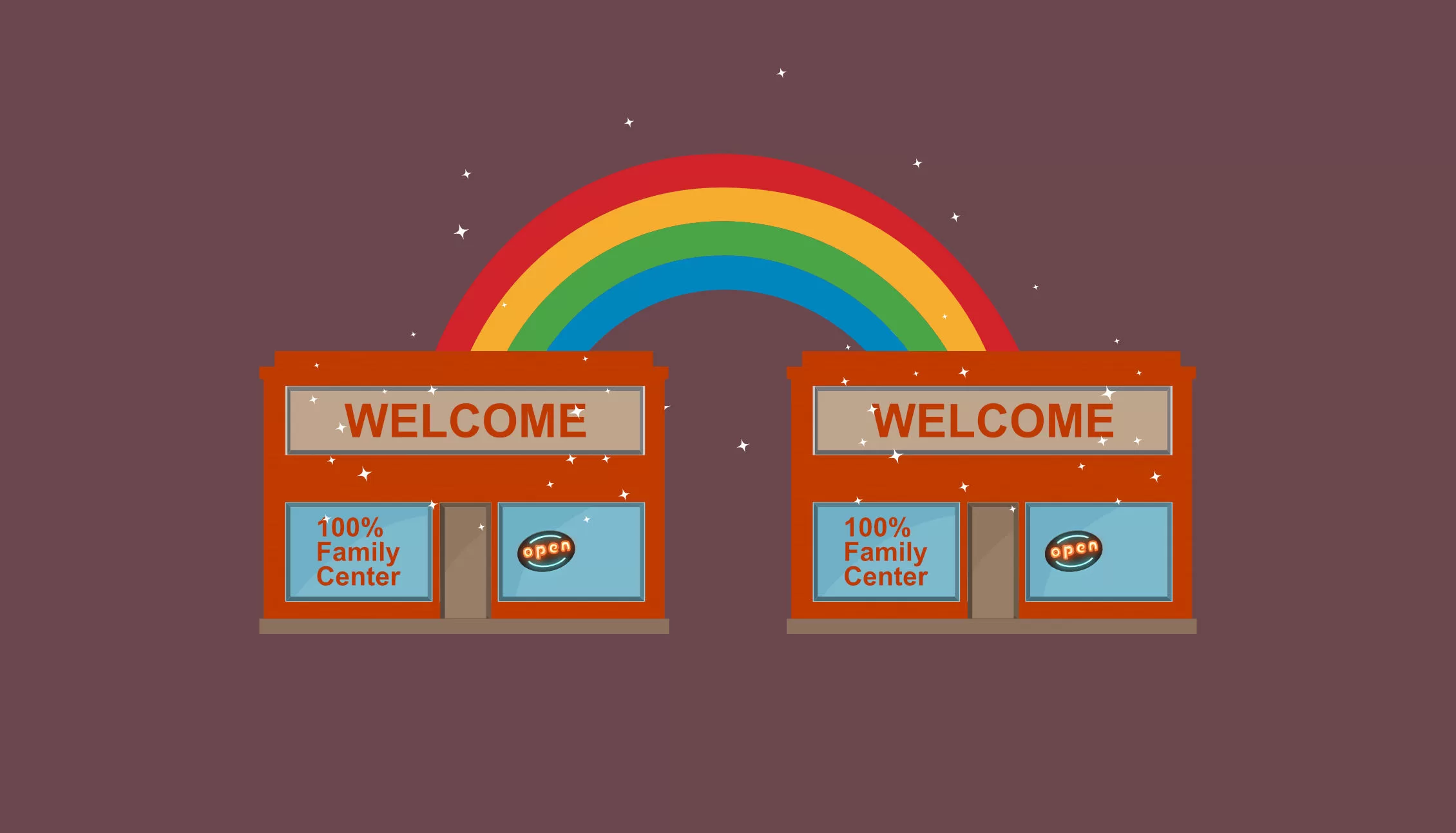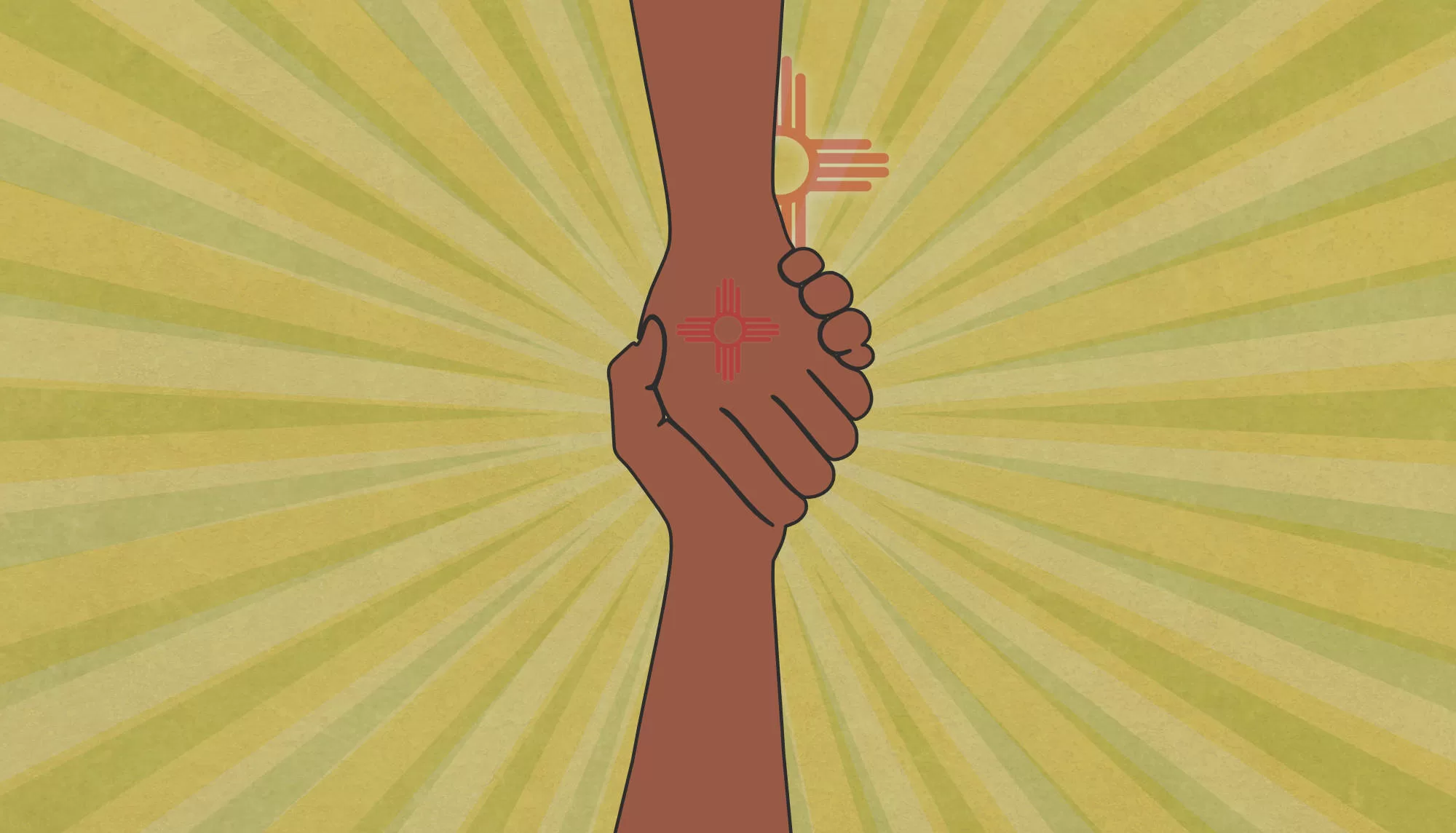Why We Need Radical Altruism to Ensure Our Kids’ Safety
It will take acts of selfless caring never seen before to ensure that all our children can survive and thrive in the new post-pandemic society.
Radical (adjective): extreme change in the way things are done in society and within political spheres; relating to or affecting changes to the fundamental nature of something, either far-reaching or thorough.
Altruism (noun): the selfless caring of others: the practice of actions focused on ensuring the happiness of other human beings. It is a traditional virtue in many cultures and a core aspect of various religions and philosophies.
What unmasking reveals about our children?
Finally unmasked, it feels as though we are waking from a two-year nightmare. For parents, it was a roller coaster ride navigating disrupted systems of work, healthcare, social services and schools. For our children and youth many important questions exist. What is their level of frustration and fear? How will they perform back in schools? How do they see their future?
There is one question not being asked by public health officials nor any news outlets: to what degree did our children endure adverse childhood experiences during two years of lockdown? This would include measuring the abuse that can come from living in households where adults have substance use disorders, engage in domestic violence and have untreated mental health challenges. Child neglect could have escalated with disruptions to local vital services like medical care, mental health care and food security programs. It may take years to initiate and complete research projects focused on the impact of lockdowns and school disruptions on the rates of physical, emotional and sexual abuse.
Our post-pandemic priorities
Before exploring what we mean by radical altruism, and its role in the prevention of child abuse and neglect in all its many forms, we have to ask a question that should have an obvious answer but doesn’t: should society make it a priority to protect children from adverse childhood experiences and ensure their health, safety and education?
There’s not a lawmaker in the country who would say anything other than yes. Most adults would be shocked that such a question should even be asked. “Of course our children are our top priority,” we often hear. Yet data tell us a very different story. Each county across every state can pull up data revealing local rates of abuse, neglect, hunger, low school achievement and drop out, child welfare involvement, and youth violence. We also have survey data that reveal households with children that cannot easily access medical care, mental health care, food security programs, stable housing or well-resourced schools.
Children living in daily peril is not new, but In this phase of pandemic-related disruptions to healthcare, education, social services and jobs, the vulnerability of our children has never been so high.
Why the disconnect between what we say about children being a priority and the reality that suggest children are enduring adversity, including the physical, emotional and sexual abuse that diminishes their capacity to feel safe or acheive in school?
Not only can we see how at-risk our children are, but their struggling parents may be on their own to fix themselves with or without support. The work of ACEs prevention asks that local stakeholders seeking to ensure trauma-free families must confront what can only be described as apathy on the part of adults in leadership roles. We must be willing to identify to what degree our local governments, which reflect a societal norm, are committed to the selfless caring of every child. To be effective, ACEs prevention boldly asks, “How caring of a society are we?”
A radially altruistic approach to preventing ACEs
For decades after the publication of the ACEs Study in 1998 by Dr. Vincent Felitti and team, most efforts to prevent ACEs and ACEs-related trauma consisted of developing a trauma-informed approach to interacting with people who had endured childhood adversity, abuse and neglect in the home. This approach was altruistic, guided by the selfless caring of traumatized individuals. The problem was that by definition, “trauma-informed” was reactive, taking place after trauma occurred. In our book Anna, Age Eight: The data-driven prevention of childhood trauma and maltreatment, we proposed that to prevent ACEs and trauma, communities would have to go far beyond the trauma-informed interactions with individuals. Our entire society would require a level of altruism not yet seen.
What was needed would be considered a radical departure to the way providers addressed ACEs and ACEs-related trauma. Our new strategy focused on community and policy change, engaging all stakeholders and elected officials living within a county’s borders. Our initiative called 100% New Mexico would be activist, changing the way an entire county delivered the ten vital services for surviving and thriving shown to prevent ACEs and treat trauma. This initiative would require local stakeholders working in ten service sectors, such as health care, housing, food security, education and transportation, to commit to building the infrastructure to ensure 100% of families were part of a seamless countywide system of care and empowerment.
One would not be wrong to call this comprehensive and countywide ACEs prevention strategy both radical and altruistic. It makes sense that a state like New Mexico, with a long tradition of caring and family, would be the first state to commit to such an initiative.
Since you’re reading this article on a website that is the mothership of the 100% New Mexico initiative, you have at your fingertips all you require to learn about the need for radical change, or more specifically radical altruism zeroed in on each and every child. Our work is not abstract, it’s the daily actions of deeply caring and committed people who come from all walks of life. Our local initiatives in 14 counties are led by leaders in health care, local government, higher education, early childhood learning, cultural activism, tribal government and health council members.
What our local 100% New Mexico participants all have in common is the courage to see the challenges our children and families endure. 100%ers also have the energy to create the local projects, policy changes and funding priorities required to build communities across their county where 100% have the services to heal and thrive. It turns out that caring is contagious, with more people joining the initiative across New Mexico every week. We can’t imagine anything more radically altruistic than joining together as a community to ensure every child is our number one priority.
Mission: The 100% New Mexico initiative is dedicated to ensuring that 100% of families can access ten vital services crucial for their overall health, resilience, and success. This university-sponsored endeavor necessitates the local implementation of evidence-based strategies encompassing both community and school-based service hubs, aiming to prevent the most pressing and costly public health and safety challenges, including adverse social determinants of health and adverse childhood experiences.
Don’t miss a blog post! Get notified!
The 100% New Mexico initiative is a program of the Anna, Age Eight Institute at New Mexico State University, College of Agricultural, Consumer and Environmental Sciences, Cooperative Extension Service. Contact: annaageeight@nmsu.edu or visit annaageeight.nmsu.edu to learn more.




